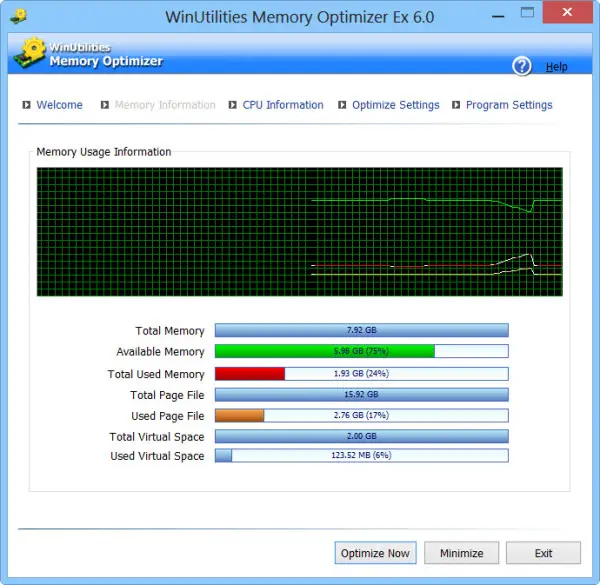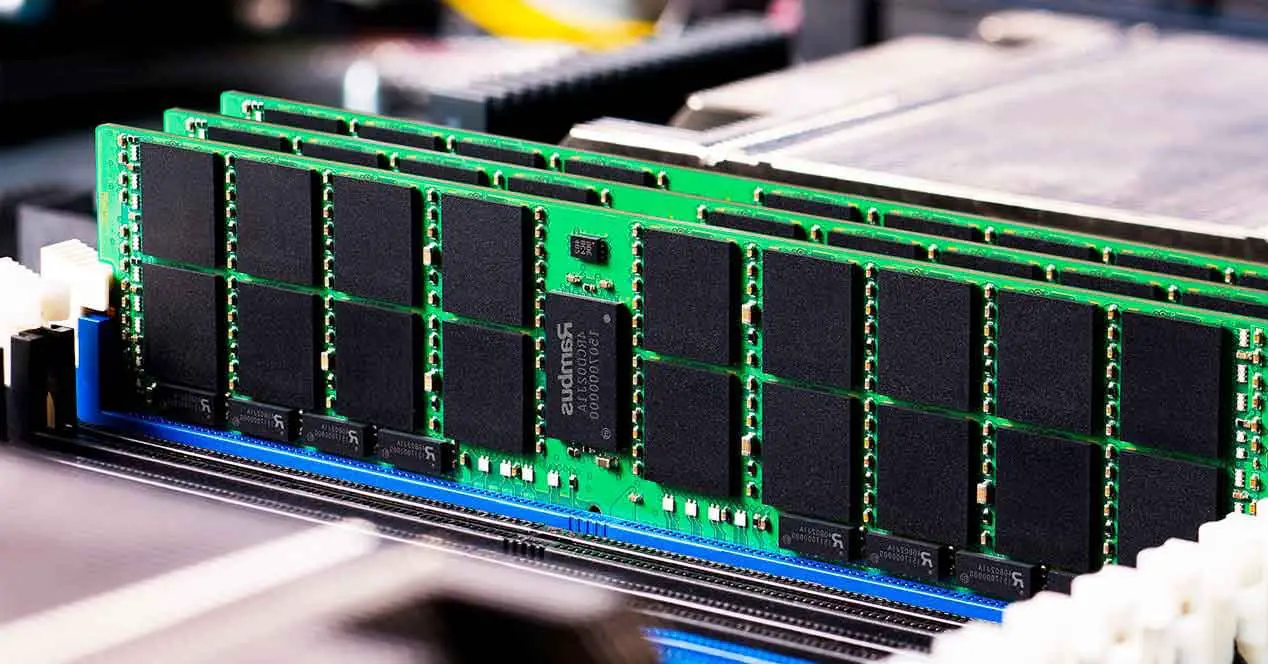
Right-click, head to the New sub-menu, then click Shortcut.
WINDOWS 10 FREE MEMORY HOW TO
This is an outdated method, but there’s certainly no harm in trying it if you’re trying to figure out how to clear your computer cache on the go. The process may take some time to complete but could give you a longer-term boost in available system resources while your PC is running. These are hidden Windows tasks that are performed in the background when system resources aren’t being used. Unfortunately, this doesn’t actually clear your Windows memory cache, but it does instruct Windows to begin processing pending system “idle” tasks.
WINDOWS 10 FREE MEMORY WINDOWS 10
Clear Pending Idle Tasks to Free Up MemoryĪn old and commonly reported trick to clear your Windows cache is to use a custom shortcut that “should” clear the cache in Windows 10 and older Windows versions. As we’ve mentioned, users with an SSD system drive should have Superfetch disabled automatically and can look to one of the other methods to clear the cache in Windows 10 instead. This will disable the Superfetch service, either entirely, or by limiting its scope to applications or startup. Press Yes to the User Access Control window that appears.To start, open the Windows Registry Editor by pressing Win + R on your keyboard, type regedit, then press enter.You’re probably safe to leave Superfetch on in most instances, but if you’re seeing regular slowdowns, high RAM usage, or a slow startup, disabling Superfetch could be a good place for you to begin troubleshooting. It’s much quicker to access files on an SSD than a typical hard drive, so it’s safe to leave data on the drive to run directly instead, making Superfetch unnecessary. If you’re using a solid-state drive as your Windows system drive, Windows will automatically disable this feature. This process can be sluggish, however, especially if your memory usage is high and there’s a “tug of war” between Superfetch and your other open applications. When demands on your system memory increase, Superfetch data should be given up. Technically, Windows treats Superfetch memory usage as a low priority.

After you have followed any of these three methods on Windows 10, you. Click on the Performance tab and check the section titled Memory.

Next, type Task Manager and press enter when the correct result appears. Select the Start menu, located in the bottom left of your screen. Superfetch is a Windows feature designed to help this by automatically loading certain application data into your system memory. Method 3 start, task manager, performance. Windows tries to improve system performance by analyzing how you use your PC and predicting your actions. By occasionally rebooting your PC, you can quickly clear the cache in Windows 10 and give yourself an immediate speed boost. While it’s true that Windows 10 is far better at being left powered up than previous Windows releases, your data cache is going to grow the longer it runs without a restart.


 0 kommentar(er)
0 kommentar(er)
